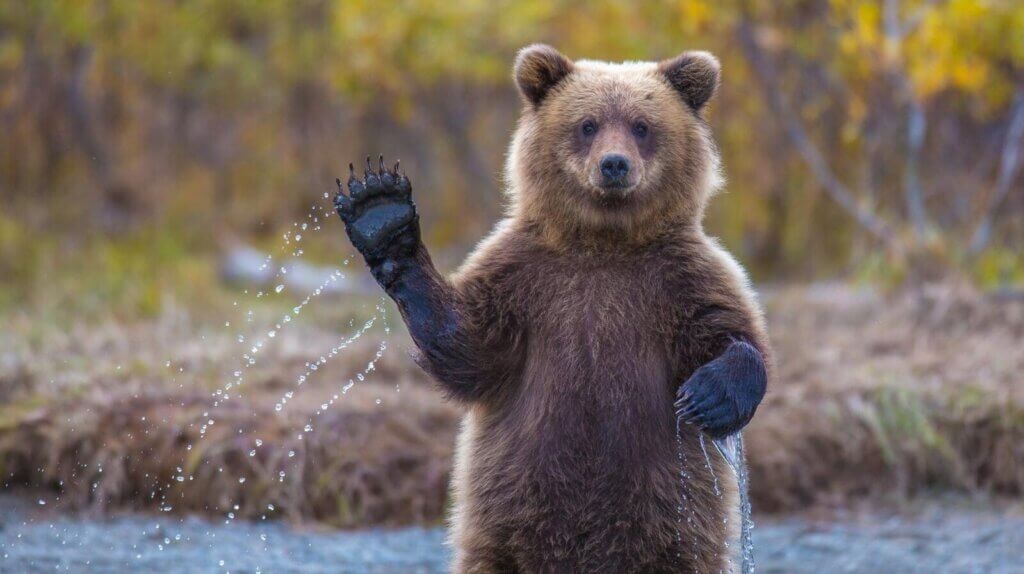Such a predatory animal as bears simultaneously inspires both fear and admiration. Many, having watched thrillers, are convinced that meeting this giant guarantees death, but it is worth knowing that bears rarely perceive humans as prey. Usually, if they see a person on the horizon, they try to hide.
Situations where a bear attacks a person really happen, but this occurs rarely and the animal does it without much joy. If you suddenly encounter this predator, remember the rules: you shouldn’t provoke the bear – if it feels that you want to attack it or take its prey, it will get angry and start to attack.
Also, you shouldn’t run away from the animal – the bear will perceive you as prey and will want to catch up with you (by the way, you won’t be able to outrun it anyway, because it runs much faster than a human). You also shouldn’t look the predator in the eyes – it will perceive it as a challenge.
You can of course take these rules to heart, but we would still advise you not to rely on fate and avoid encounters with bears. By the way, there are many interesting stories associated with this animal, and we want to tell you about it.
We present to you 10 interesting facts about bears: brown, white, and other species – behavioral characteristics, habitat.
1. Bears have been printed on coins since ancient times
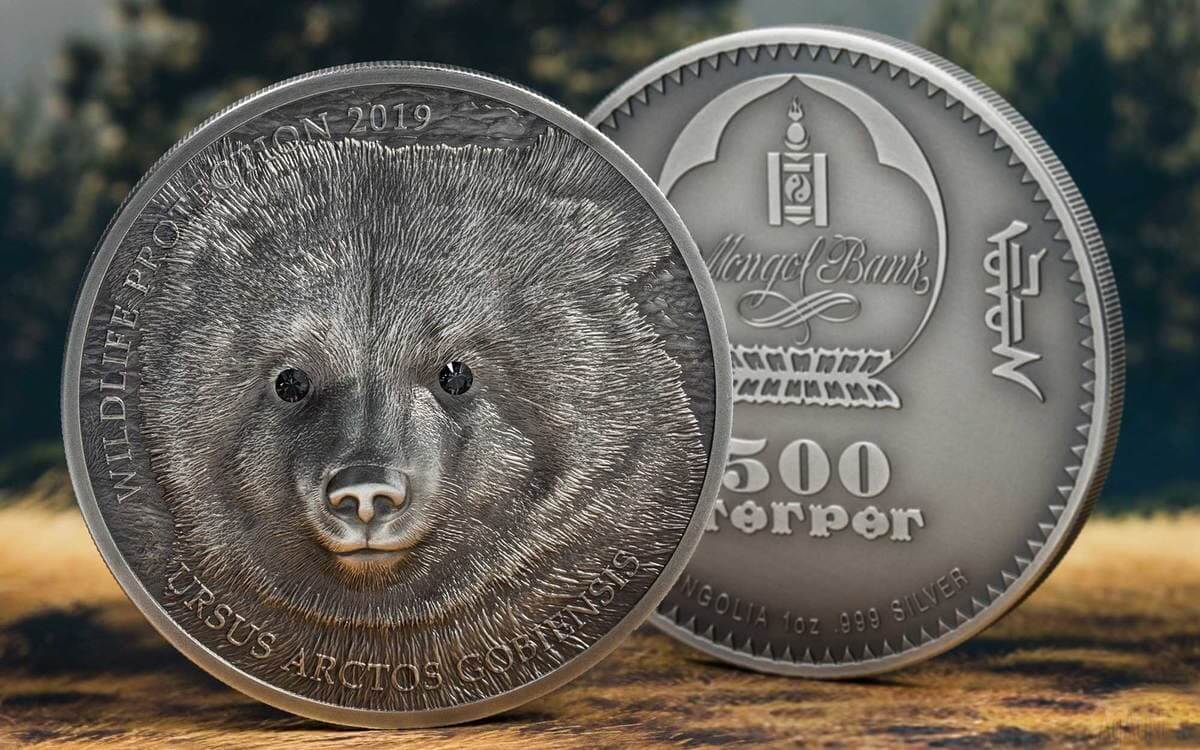
Bears have been depicted on coins since ancient times – starting from the 150th century BC. Subsequently, coins with these beautiful and predatory animals began to be minted all over the world – from Greenland to Poland.
The bear is an animal of impressive size, majestic, and also common in different countries – they could be seen on many city coats of arms, which is why their image is so often found on money.
Nowadays, these beautiful animals sometimes adorn commemorative coins – such coins are issued for charitable purposes or on the occasion of some important event.
2. Not all bears hibernate
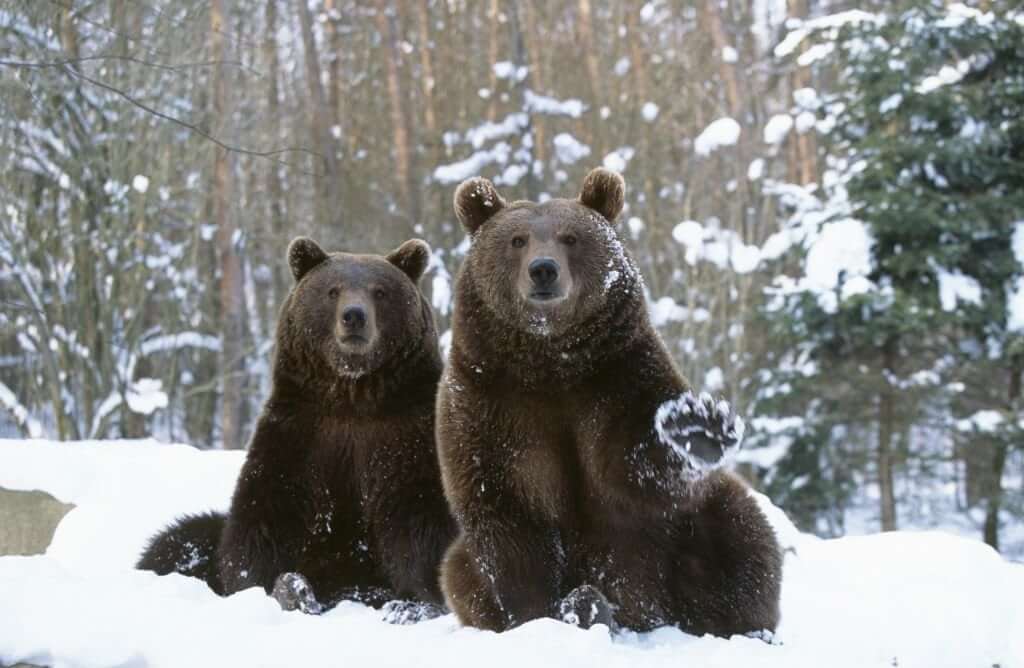
We are all used to thinking that bears hibernate – yes, it’s typical for them, but not all of them do. Sometimes it happens that a bear doesn’t have enough time to accumulate the necessary nutrients, so due to strong hunger in the winter period, it wakes up.
The bear comes out of its den and begins to wander in search of food. A bear that has come out of its den for some reason is called a wanderer. They pose a danger to humans (they can even take on a tiger) because they are ready to attack.
Also, in the winter period, giant pandas do not hibernate (only female bears sleep), but at this time they become sluggish.
3. They are called clubfoot because they lean on either two left paws or two right paws
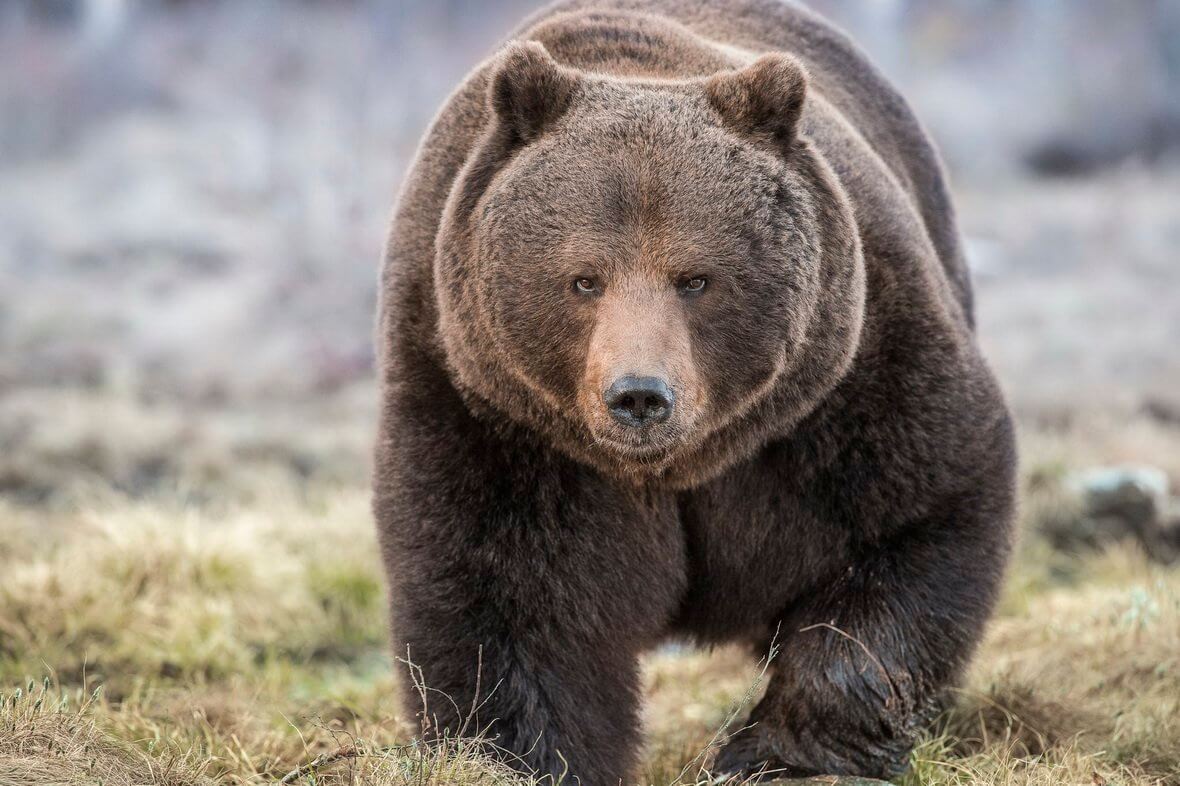
Everyone has heard the expression “lame bear” – as a joke, we can call our friends that without even thinking, but why exactly are bears lame? Let’s answer that question.
If you’ve been to the circus or the zoo, you must have noticed that bears walk, leaning on either 2 right paws or 2 left paws. They walk, swaying from side to side, limping, so it turns out that their paws are “like wheels”. When they are in their normal position, their lameness is not noticeable.
4. In Münster, a Teddy bear exhibition is held every year

Everyone probably feels a little sentimental when they see Teddy bears! They are featured on practically all notebooks, notepads, calendars, etc. Children and teenagers especially love them.
Those who are heading to Germany, specifically to Münster, and adore Teddy bears, simply must visit the TEDDYBÄR TOTAL exhibition, which has been held annually since 1995. No other exhibition can boast such a wealth of exhibits, everything is here: rare antique bears, famous manufacturers, and even the products necessary for making toys.
5. The smallest species is sun bears
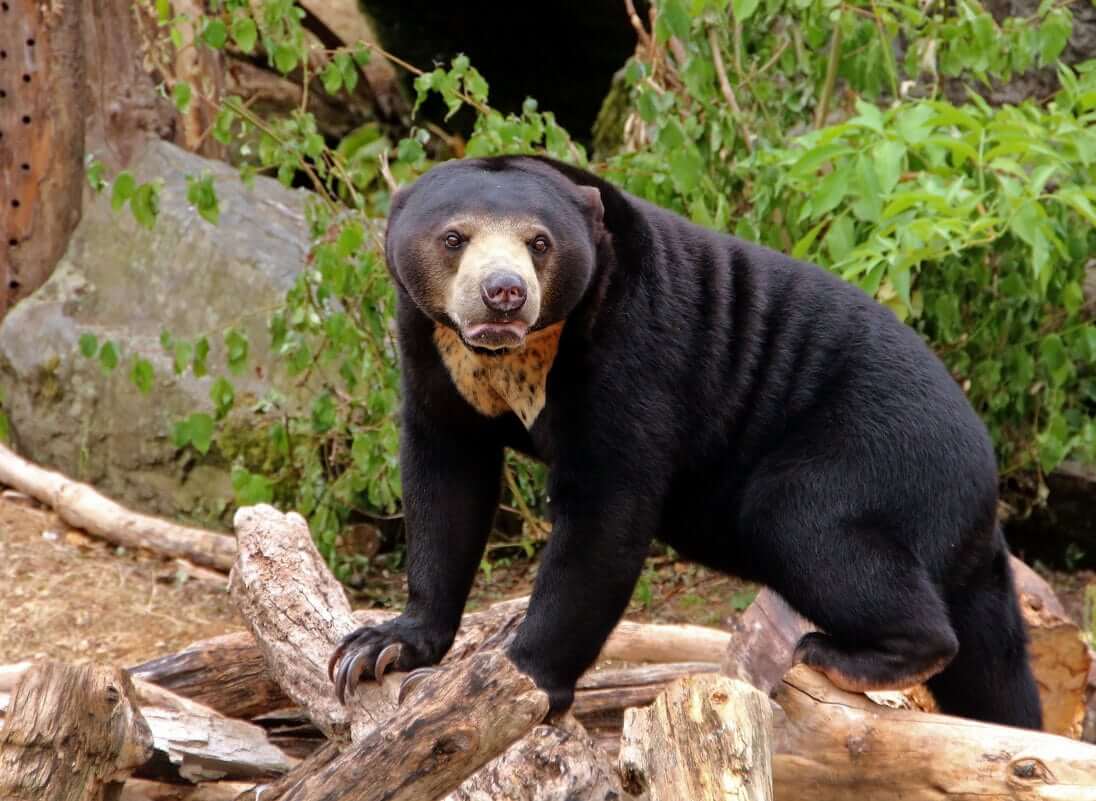
This little guy is recognized as the smallest bear on Earth – weighing no more than 65 kg and standing at approximately 1.5 meters tall. The Malayan bear lives in Thailand, China, Myanmar, the northeastern part of India, and the island of Borneo (Kalimantan).
But don’t think that this bear is harmless – it is very aggressive and has a fierce character, but with the desire, it can be easily trained.
In Asian countries, the Malayan bear can often be seen playing with children or calmly walking around the house of its owner (some keep them at home).
6. The largest specimens live in Alaska and Kamchatka
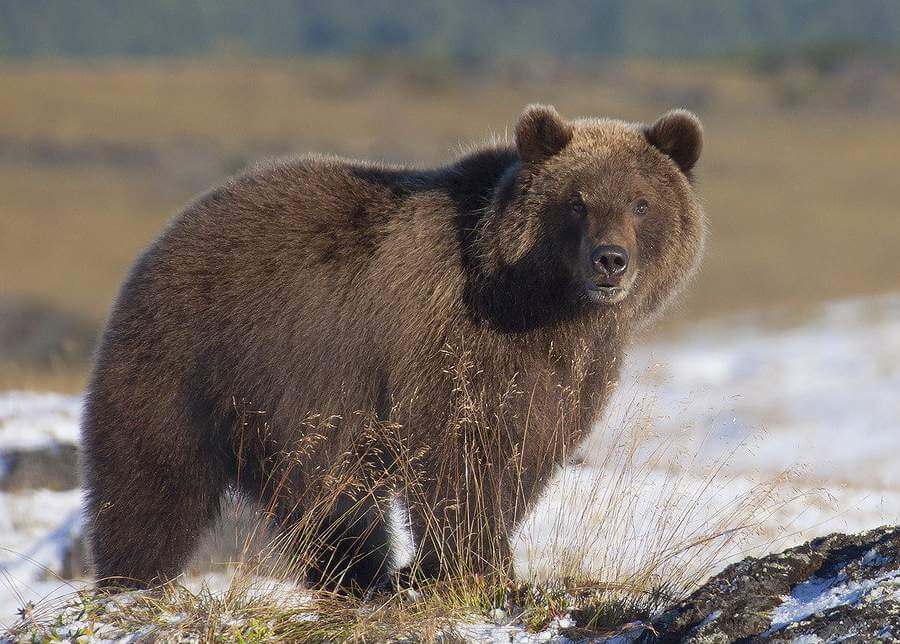
The Kamchatka brown bear (a subspecies of the brown bear) is considered the largest among its peers. These bears were discovered in 1898, and interestingly enough, they are not aggressive at all, maybe that’s why they watch their diet.
The bear mainly feeds on fish and absolutely loves salmon! In a day, it can eat about 100 kg of this delicacy. The average weight of the Kamchatka giant is 150-200 kg, and some can even reach up to 400 kg.
Grizzlies, also known as brown bears, are some of the most majestic inhabitants of Alaska. Moreover, the grizzly is considered the largest predator in North America, so even an experienced hunter risks getting into trouble… The weight of this bear reaches half a ton, and when it stands on its hind legs, it reaches a height of 3 meters.
7. Good mind and excellent memory
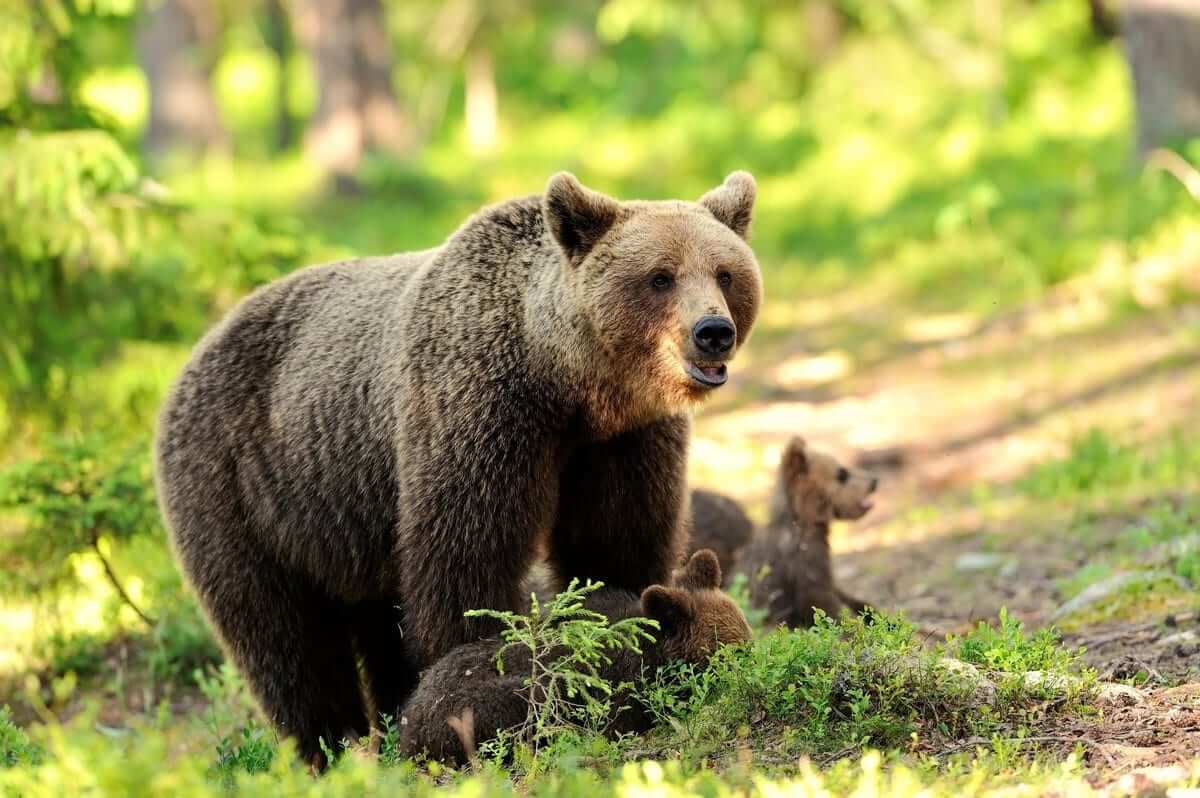
On our planet, there are many beautiful animals – each one is different in its own way and shows unique qualities. The bright representative of children’s fairy tales and fables – the bear, has many interesting features that few people know about.
Bears have excellent memory, they navigate well over large territories thanks to their “inner compass” and show ingenuity when it comes to finding food. Scientists note that bears have a good mind that is not inferior to the intelligence of monkeys.
8. The third part of the world’s bears live in North America
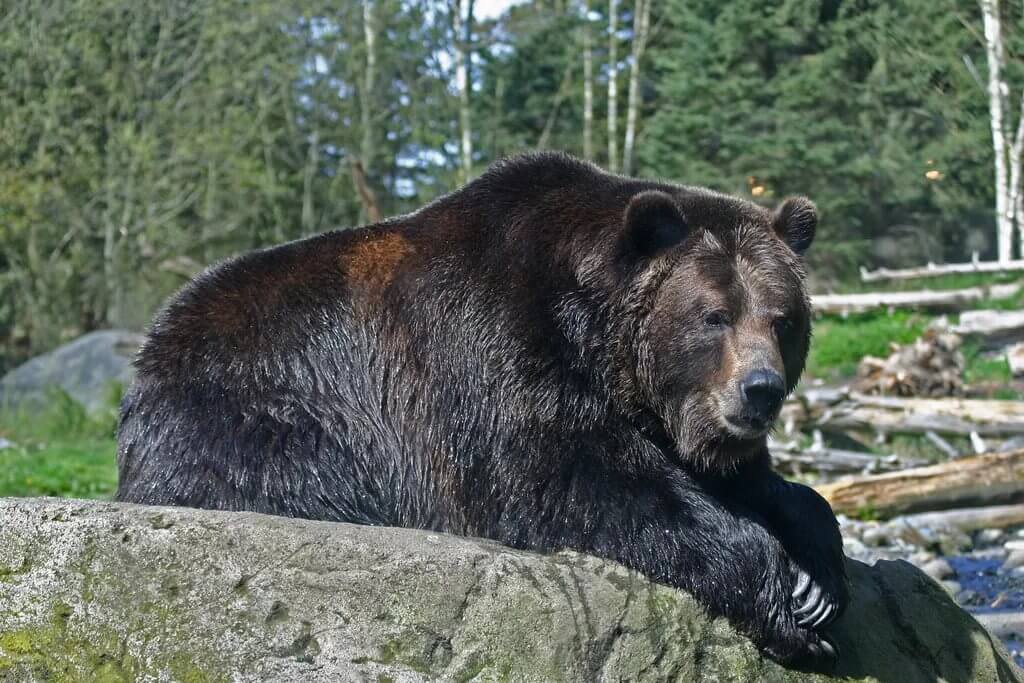
The flora and fauna of North America is unique. There are so many diverse animals and plants here that it has become a favorable environment for bears. This variety of wildlife is due to the natural location – the continent is washed by three oceans: the Arctic, the Atlantic, and the Pacific.
The polar bear inhabits the tundra of North America, and the black bear is found in the taiga region. Quite a few species of bears have found their refuge in North America, where they can be found all the way to the central Mexican regions.
9. The color of fur depends on the environment
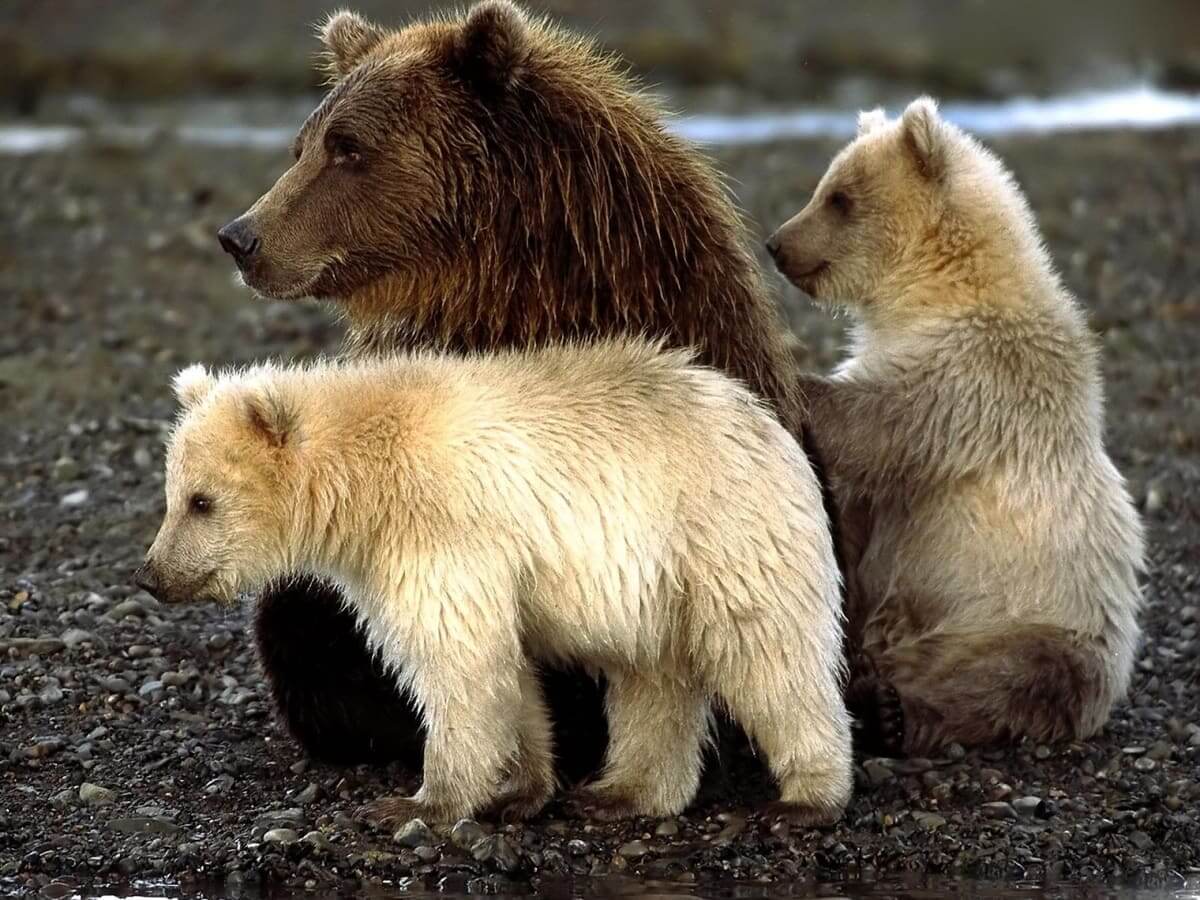
Did you notice that bears living in the Arctic have a white color, while those living in the Southern zone have a brown color? Indeed, their color is influenced by the environment they live in, the bear’s color is close to the surrounding vegetation or other environment.
The colors of animals can be quite diverse: ginger, brown, black (for example, Himalayan), white, black and white (pandas), brown (the color of a brown bear can be of various shades, up to light beige) and others. Also, bear fur changes color depending on the lighting and season.
10. The cult of the bear in different cultures
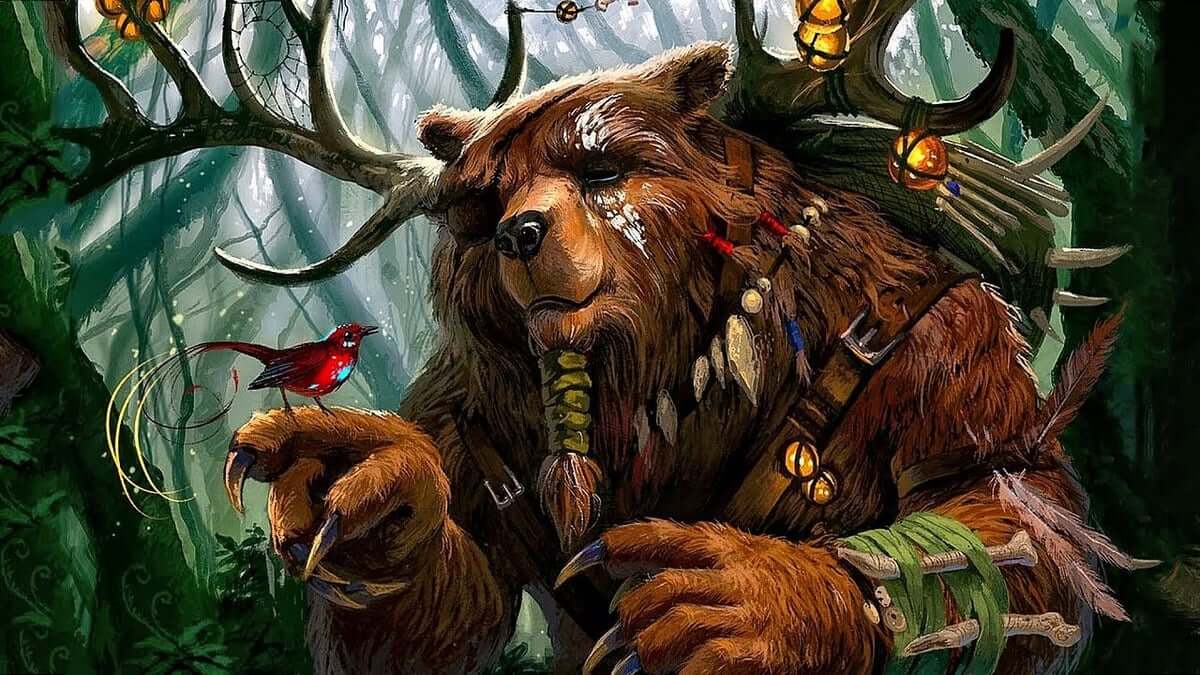
Almost all peoples have had a special relationship with bears. In some countries, they believe that this animal is the ancestor of humans (by the way, the DNA of the panda from the “bear” family coincides by 68% with human DNA), while in others, they believe that the bear was once a human but became a bear by the will of the god.
For historians, the cult of the cave bear (a prehistoric subspecies of the brown bear) is the most interesting – the mysterious Elder god. Our ancestors were almost certain that the skull and front paws of the bear were endowed with the magical powers of this forest deity.
In the Austrian cave Drachenloch, an unusual structure was found several decades ago, which is a box made of stones. The age of the find is about 40,000 years. On the lid of this box was the skull of a cave animal and its crossed front paws (or rather the bones of a bear). Scientists are still wondering why primitive people needed to keep bear skulls. Indeed, it’s curious.
